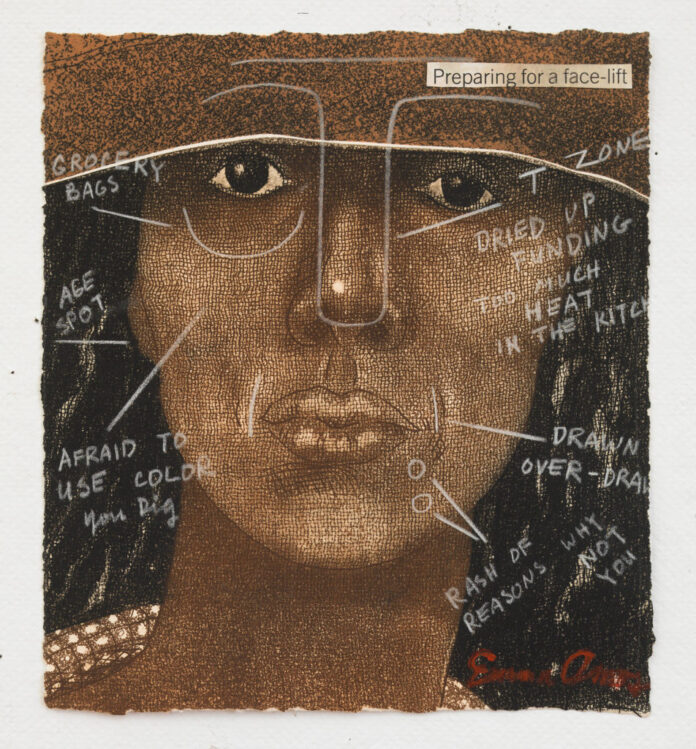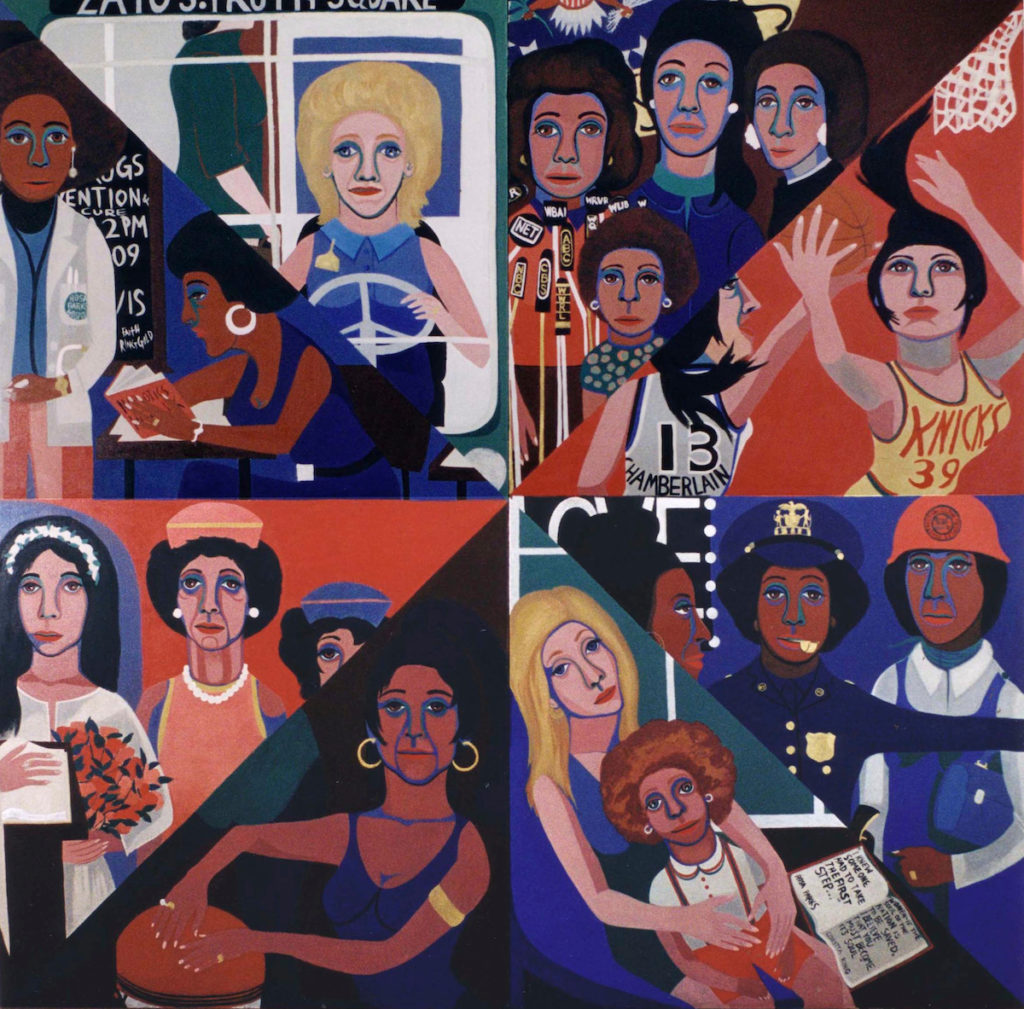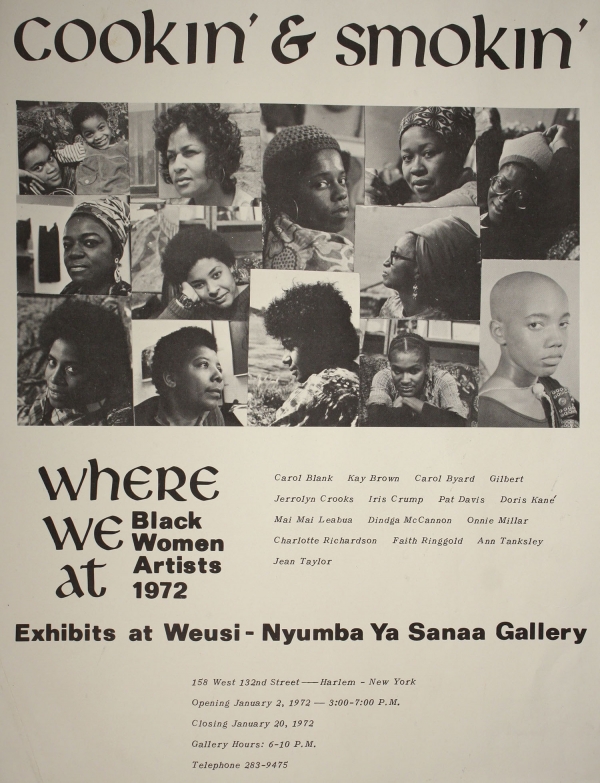
A postmodern art form that emerged as part of the women’s liberation movement in America and Britain in the late 1960s, feminist art aimed to give women a fair and rightful place in the world. In a general sense, it sought to change cultural attitudes and transform stereotypes.
Likewise, feminist art has sought, for example, to challenge the viewer to question the male-dominated status quo, thereby hoping to promote greater equality. More specifically, feminist artists sought to expand the opportunities and roles available to them within the American art system and to reimagine art history from a more women-friendly perspective.
Women artists deliberately avoided traditional male-dominated art forms such as painting and sculpture, although a few (Nancy Spero, Miriam Shapiro, and later Kiki Smith and Jenny Saville) achieved outstanding results in these fields.
Instead, they have explored younger forms of contemporary art, including conceptual art and video, along with classical body art and other forms of body art and its sister, the performance art discipline. Other artistic disciplines studied by female artists include photography, photomontage, installation art, and design, especially graphics and word art.
Originating as a protest movement demanding gender equality in the arts, feminist art has succeeded in creating greater opportunities for women. The movement created many alternative art venues and convinced several major art institutions and museums to raise the profile of women artists.
As a result, starting in the 1990s, leading women artists downplayed the feminist agenda in favor of greater attention to their art. As the Italian artist Leonora Fini (1908-96) once remarked: “I am an artist, not a woman artist.”

History of Feminist Art
The first wave of feminism began at the turn of the century with the suffragette movement. Since then, a number of women artists have been active in raising gender issues, without necessarily being “feminists.”
Among these pioneers were:
- the impressionist Mary Cassatt, who painted a mural on the theme of the modern woman (1893) for the World’s Columbian Exposition in Chicago;
- photomontage artist Hannah Hoch;
- Mexican Frida Kahlo;
- sculptor Kathy Kollwitz;
- German-born artist Eva Hesse;
- Russian-born assemblage artist Louise Nevelson;
- French sculptor Louise Bourgeois.
Feminist art itself originated in America and Great Britain in the late 1960s, during the so-called “second wave” of feminism. Women activists of this period enjoyed the “feminine experience,” posing nude as goddesses, and making full use of vaginal imagery and menstrual blood. They explored techniques such as embroidery and other crafts, as well as the notion that art is essentially a collaborative rather than a solo endeavor.
The goals of the movement were:
- Make it easier for women artists to exhibit their work.
- Organize courses on women’s art.
- Create a number of arts organizations and magazines for women.
At the same time, a number of women art historians helped the movement address broader issues such as the misleading stereotype of the “male artist” and the apparent inability of women to produce an equal share of the highest quality works of art. The goal was to rewrite the principles of aesthetics and art appreciation that had hitherto been formulated by male artists, making them gender-neutral.

FEMINIST ART IN THE 21ST CENTURY
The rise of individualism in the arts continues to blunt the feminist message in the 21st century. Despite this, progress is being made both in North America and globally towards greater equality for women. This has been supported by several major exhibitions of works by women artists, including WACK! Art and the Feminist Revolution” in 2007, which brought together more than 120 artists from America and other countries.
In June 2011, a documentary film entitled! The Women’s Art Revolution, directed by Lynn Hershman Leeson, was released in the United States. Based on recorded conversations and archival film footage featuring women artists, historians, curators, and critics, the film explores all the major developments in feminist art of the 1970s and features many of the pioneering artists.
Today, feminist art continues to occupy an important place in the art world and arouses keen interest among the public. And women artists continue to fight for their rights.
























